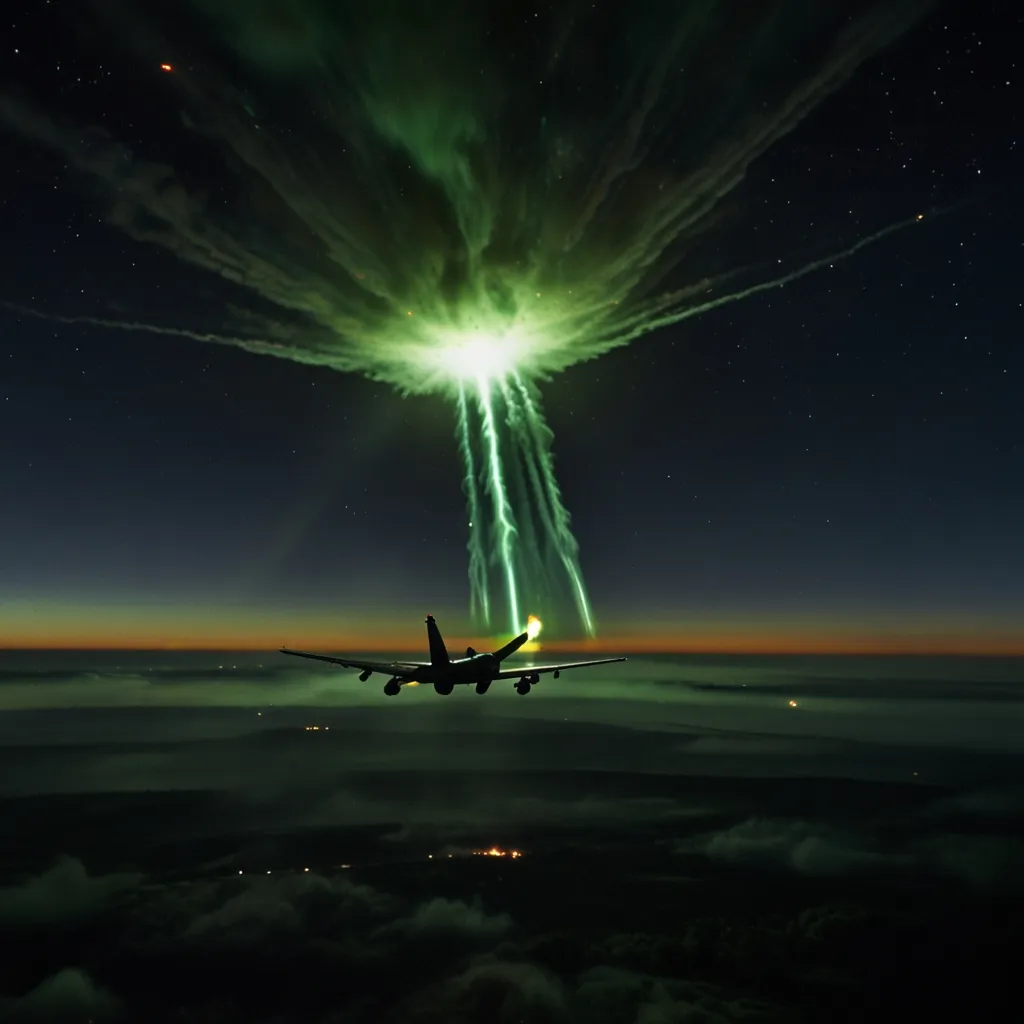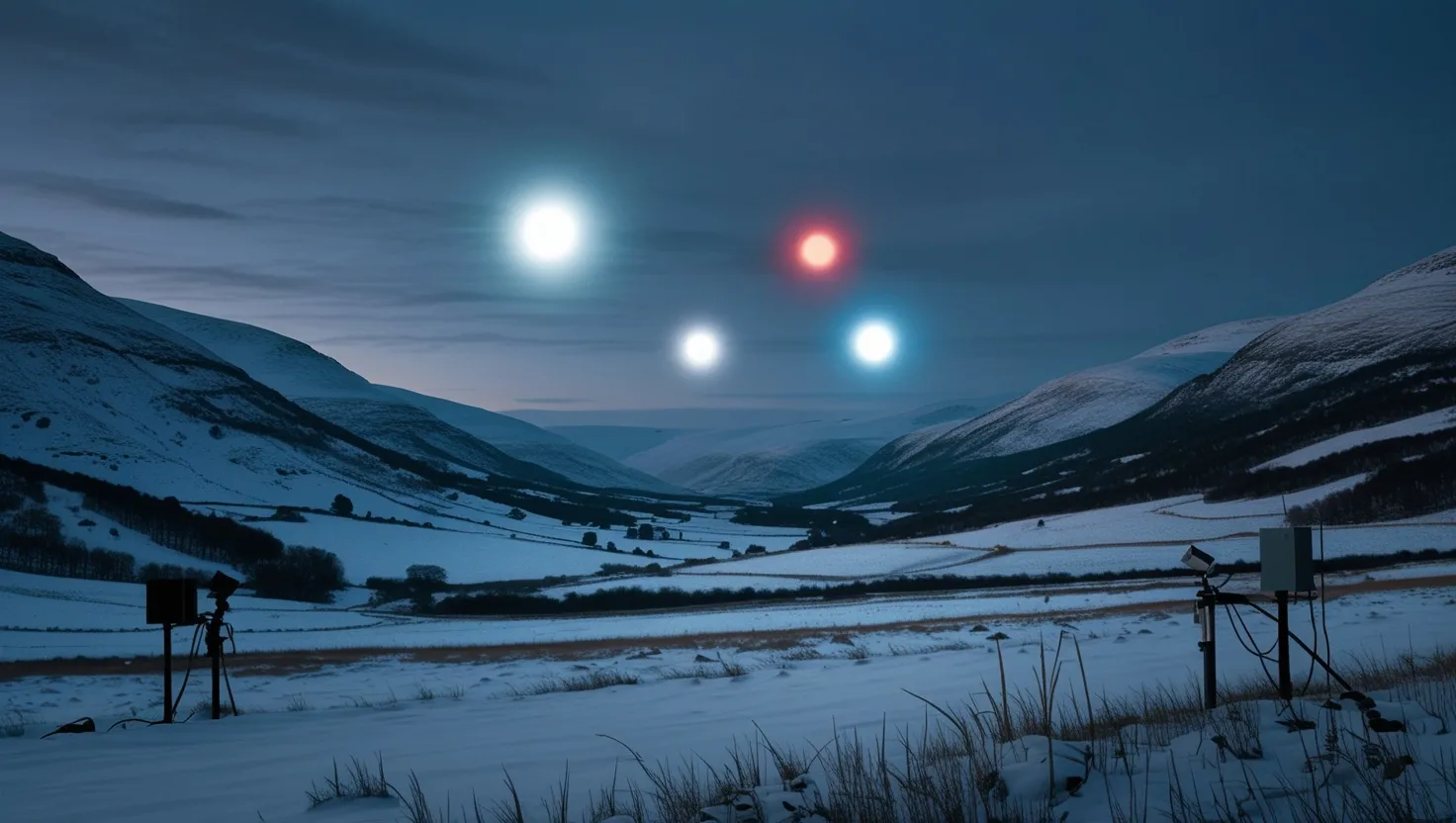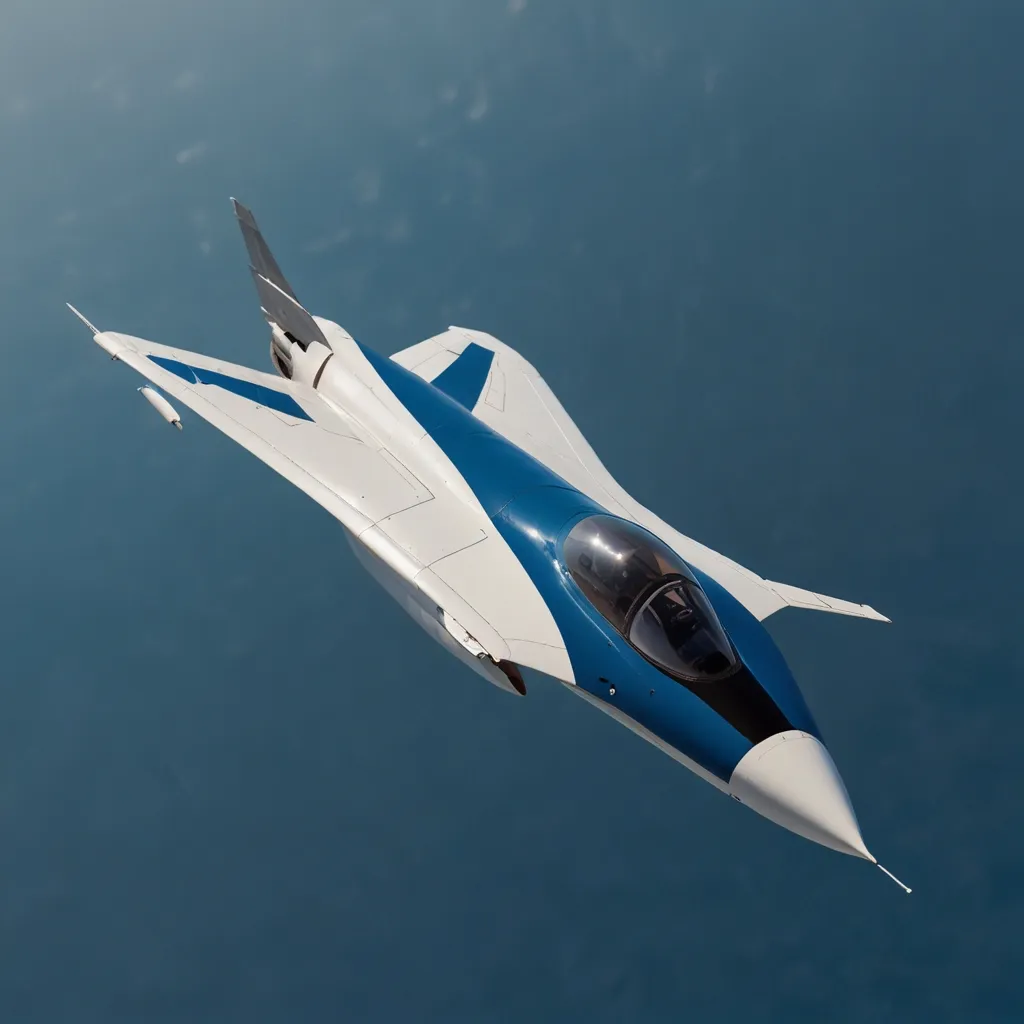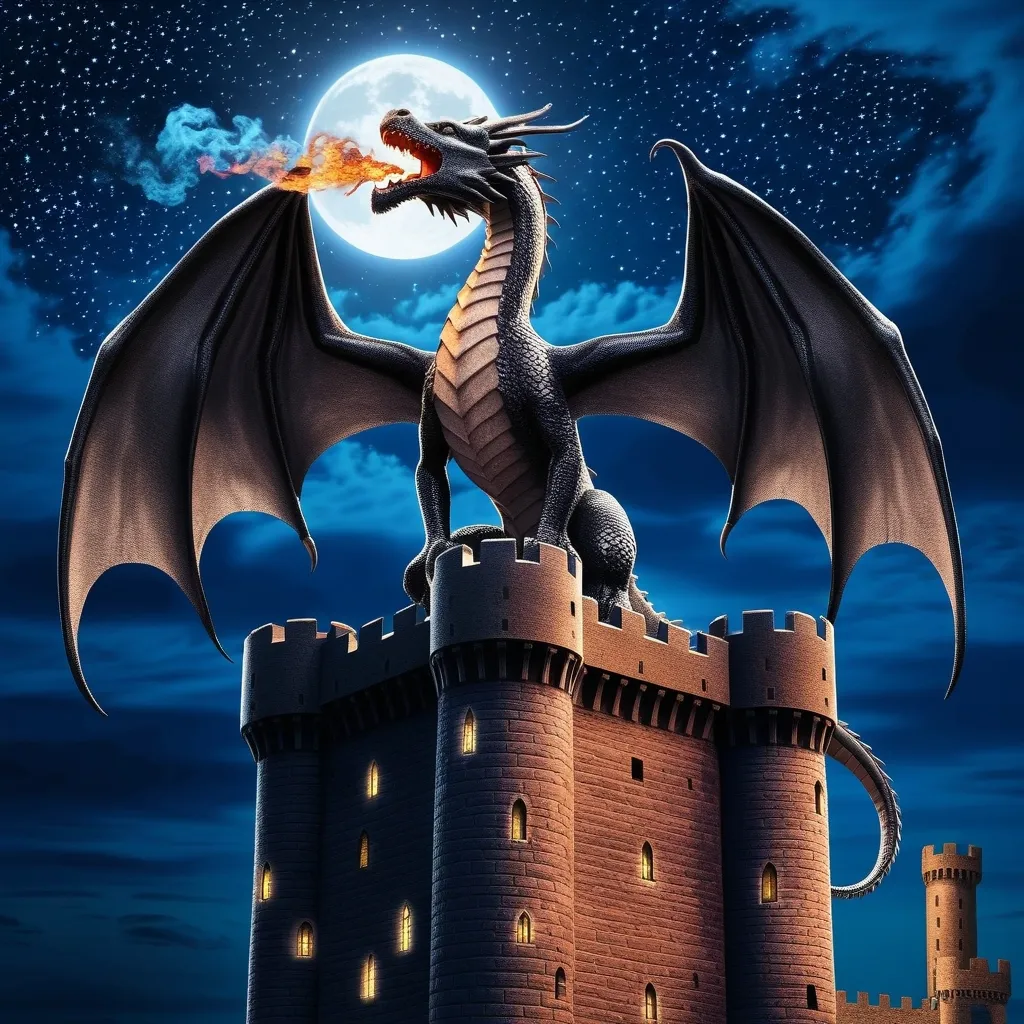Back in 1977, the National Center for Space Studies in France came up with a pretty wild idea. They established an organization to collect and record eyewitness accounts of strange phenomena seen in the sky. This group, known today as GEIPAN, stands for the Group for Studies and Information on Unidentified Aerospace Phenomena. Over the years, they’ve gathered more than 100,000 pages of reports on UAPs (Unidentified Aerial Phenomena, which is the fancy term for UFOs).
In a groundbreaking move in 2007, GEIPAN decided to share all this information with the public. This was a big deal because no other country had ever done that before. France basically opened up its UFO vault and said, “Here’s everything we know, and as we get more info, we’ll keep updating you.” It’s rare for governments to be so candid about UFOs due to national security concerns, but France chose a different path.
France, both culturally and governmentally, tends to be ahead of the curve when it comes to UFOs. This transparency allows the public to stay informed alongside the government about the reality of UFOs. They’re acknowledging that these mysterious objects have been around for a long time and that it’s a puzzle we need to solve. It’s both a right and a duty to understand more about these phenomena.
GEIPAN has made information available on their website about over 1,600 cases, concluding that 28% of them couldn’t be explained by conventional means. Many of these baffling sightings were reported by multiple witnesses. One of the most sensational encounters happened over 45 years ago at a combat flight school southwest of Paris.
On a clear, cloudless night on March 3, 1976, at an airbase near Tours, French fighter pilots were on a training mission. Every five minutes, T-33 planes were taking off and flying solo at an altitude of 20,000 feet, navigating routes of several hundred miles. One student pilot was in flight when a huge green fireball shot straight at him. He braced for impact, but at the last second, the fireball veered off and clipped the wing of his jet. Amazingly, he survived, but he had no idea what had just happened. Two other pilots behind him saw the same thing, and though nothing showed up on radar, these highly trained military pilots had witnessed something they couldn’t explain.
Another strange encounter involved a commercial airline over the French capital. On January 28, 1994, Air France Flight 3532 was flying from Nice to London. Just over Paris, the pilots saw an enormous reddish disc about 30 meters away. The object was changing shape, going from a bell to a lens and back to a bell. They watched this transformation, which has become one of the key signatures in UFO sightings. When they reported the encounter, they found out that ground radar had also tracked the disc but couldn’t explain it.
These are just two examples out of about 400 incidents that remain unexplained. France’s decision to share its UFO data with the public is unparalleled. Their approach to UAPs is in stark contrast to how most other countries handle them. Typically, government UFO programs are hidden within the Air Force or Department of Defense. But the French do it differently. Their UFO program is part of the National Space Agency, and they get data from the military. This collaborative model involves space experts, the public, the military, and the government working together to release information to the public.
This open, scientific approach contrasts sharply with the more secretive, threat-oriented approach seen elsewhere. If a UFO program is handled by the military, the primary concern is whether it’s a threat. But if it’s handled by a scientific community, the focus shifts to understanding the true nature of these phenomena and figuring out how to study them scientifically. The French model might be a way forward for other countries like the U.S.
It’s all about creating an environment of inquiry rather than secrecy. And let’s be honest, the idea that there might be something more out there is pretty fascinating. The French way opens the door for the public to get involved in the mystery, to share in the excitement of discovering what’s really going on in our skies. This approach fosters a sense of transparency and trust, which is often lacking when it comes to UFO discussions.
The French government’s willingness to openly share their findings represents a significant shift in thinking. Instead of hiding away these mysterious sightings, they’re celebrating the unknown and inviting everyone to be part of the discovery process. It’s a refreshing take that promotes curiosity and scientific exploration over fear and secrecy.
By treating UFOs as a scientific puzzle rather than a potential threat, there’s a better chance to understand what might be out there. Whether these phenomena are natural, extraterrestrial, or something else entirely, the French model makes it easier for us all to keep an open mind and look at the evidence as it comes in. The idea of cooperating on a global mystery like this is exciting, and it’s something that could unite people in the spirit of discovery and knowledge.
As we continue to explore these phenomena, the lessons from France could help mold how other nations choose to handle their own UFO data. An open, cooperative approach might just be the key to unlocking the secrets of the skies, inviting everyone to join in the exploration of one of the greatest mysteries of our time.






